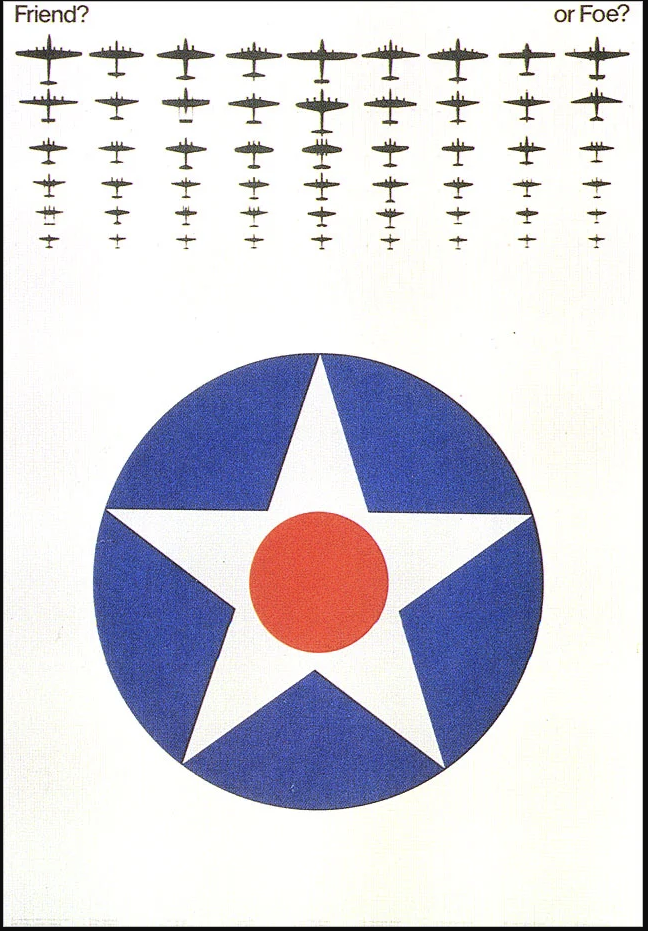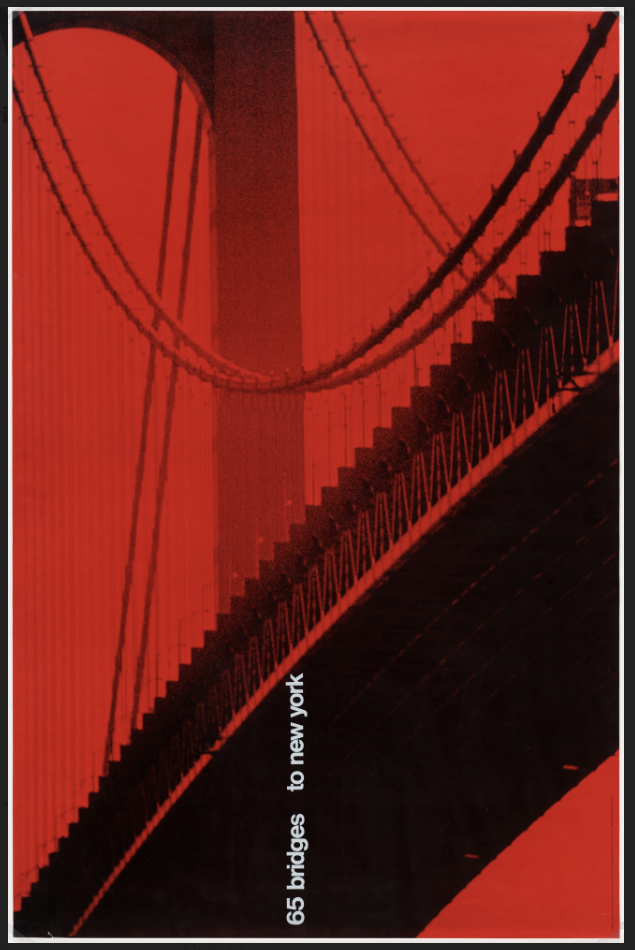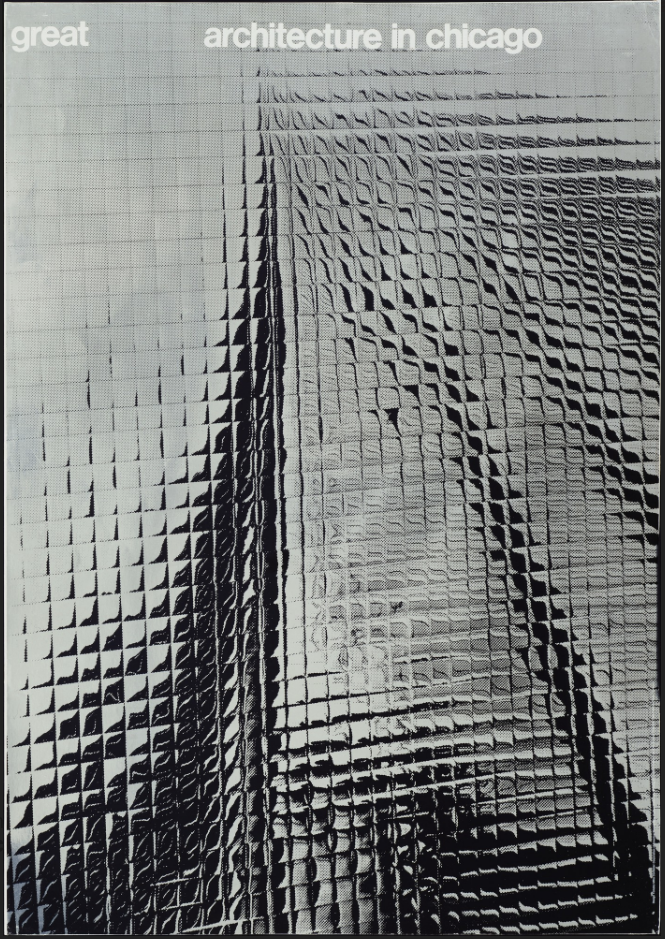
Tomoko Miho is a Japanese-American graphic designer, born in 1931 and spent her early years at an Arizona internment camp during World War II.1 After graduation at Minneapolis College of Art and Design and Art Center College of Design in Pasadena, she worked for George Nelson, an American industrial designer known for being one of the founders of Modernism and created many iconic pieces of furniture in the 20th century.1
Tomoko is an example of the whole being more significant than the sum of its parts. Her early years at camp allowed her to find potential greatness where others merely see constraints.
Tomoko went on a six-month tour with her husband and designers educated at the Art Center, which influenced her design principles.2 She encountered the European artists, who were keen to do experimentation. Their experimentation was utterly different from the American norm of abusing Helvetica.2

Tomoko focuses on the message and context of the design. She sees order in disorder: enjoying translating complex concepts in clear visual expressions.2 Friend? or Foe?: A poster for the National Air and Space Museum in 1976 represents her principle. There is a caption at the top, separated into the other ends: Friend? at upper left corner, or Foe? at upper right. Then there is a silhouette of different aircraft types, which denotes that the museum relates to air. The logo of the Army Air Corps in red, white, and blue takes up the majority space of the poster, which implies that the poster is about Nationality. The gap between the words may possess a hidden intention for viewers in the Cold War era to consider which country is a friend or foe. Tomoko’s intention is affected by her experience in a concentration camp in her early days.

To develop her goal of spreading the definite message and context of the design, Tomoko implemented Shakkei, a traditional Japanese garden design discipline.2 Shakkei, the definition of borrowing landscape, integrates the background with the front, making distant views clear. She carefully tailors the two-dimension with three-dimensional space to provide an explicit context. Tomoko applied Shakkei in her works. In 65 Bridges to New York, there is a ray of As, forming a side of 65 Bridge. Gradation on wires distinguishes the spatial focus, making people view back and front. The pylon has a gradation that gets darker as it gets closer to the sky. Her effort on contrast created by gradations and color depth forms the bridge and its distance.

Great Architecture in Chicago is another work Tomoko implemented Shakkei. Using silkscreen on aluminized paper3, Tomoko mimicked the reflective surface of the building. Combining the proportion of the black on each small square, I find that she achieved the silhouette of architecture, visualizing the imaginary space, which is out of the space that paper allows. The repetition of black parts gathers into a middle perspective, which implies the architecture’s corner.
According to AIGA, Tomoko Miho was a distinctive presence-but a very private person, avoided the spotlight. However, her works made her peers complement: “A master of the dramatic understatement”(John Massey).2
Bibilography
- Ginkgo Journal. “Remembering Tomoko Miho.” Ginkgo Journal, ginkgojournal.com/home/remembering-tomoko-miho/2017. Accessed 26 Oct. 2020.
2. The professional association for design, AIGA. “1993 AIGA Medalist: Tomoko Miho.” AIGA | the Professional Association for Design, www.aiga.org/medalist-tomokomiho. Accessed 26 Oct. 2020.
3. MoMA. “Tomoko Miho. Great Architecture in Chicago. 1967 | MoMA.” The Museum of Modern Art, www.moma.org/collection/works/5361?artist_id=3970&page=1&sov_referrer=artist. Accessed 25 Oct. 2020.
Image Cited
- AIGA. “1993 AIGA Medalist: Tomoko Miho.” AIGA | the Professional Association for Design, www.aiga.org/medalist-tomokomiho. Accessed 26 Oct. 2020.
2. Cooper Hewitt. “Poster, Friend? Or Foe?, 1976.” Cooper Hewitt, Smithsonian Design Museum, collection.cooperhewitt.org/objects/18617373/#image-rights. Accessed 26 Oct. 2020.
3. MoMA. “Tomoko Miho. 65 Bridges To New York. 1968 | MoMA.” The Museum of Modern Art, www.moma.org/collection/works/7267?artist_id=3970&page=1&sov_referrer=artist. Accessed 26 Oct. 2020.
4. MoMA. “Tomoko Miho. Great Architecture in Chicago. 1967 | MoMA.” The Museum of Modern Art, www.moma.org/collection/works/5361?artist_id=3970&page=1&sov_referrer=artist. Accessed 25 Oct. 2020.
